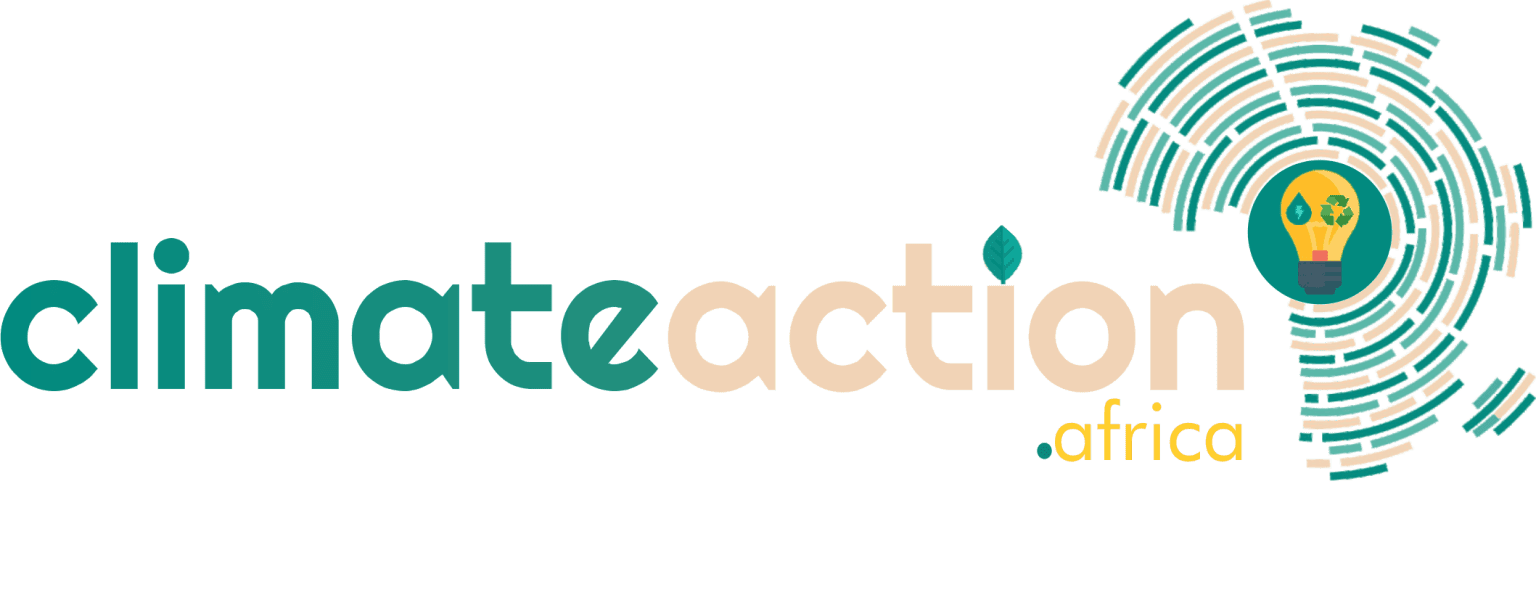Let’s face it, weeds are annoying, especially to farmers. Why wouldn’t they?
They literally grow where they are not needed, choking the life out of valuable vegetation and invading pastures.
However, despite their invasive tendencies, weeds are not the villains that we make them be. In fact, studies have shown that they play an important role in the earth’s biodiversity. How? you might ask.
Well, for one, weeds act as diagnostic tools for soil, telling us about soil conditions – what it needs, what it lacks, etc. They are literally nature’s way of repairing the soil for a more stable and healthy system.
For instance, weeds with deep taproots like dandelions and burdock, are an indication of condensed soil that is lacking in water, air, and nutrients.
But this will only be noticed by the keen eye and cause them to take measures to improve the soil quality in that area for plants to grow.
Reading weeds as clues to our soil’s condition is a great step to soil recovery. So, before you pull that weed, think about what it’s telling you per your soil’s nutrient, fertilizer and water levels.
Secondly, nature self-heals and it does it through weeds. This is because they protect the soil. As a matter of fact, they see it as a duty to cover up bare land.
Because they grow rapidly, weeds can quickly cover bare land to protect it, making it effective for the prevention of soil erosion. This is made possible by their roots which do a great job of holding the soil together.
So, when a patch of land is left bare for a long period or the plants on a patch of land aren’t doing anything to improve soil health on that land, weeds step in to restore the soil to its natural balance so that topsoil, nutrients, and water don’t get depleted.
In addition, they are good for holding down topsoil during drought periods.
Thirdly, similar to plants, weeds are important for the biodiversity of creatures (insects, birds, etc.) because they serve as a home and a source of food to the creatures.
Their decaying roots create burrows for worms and incorporate organic matter into the soil for other microbes to feed on.
Because they rapidly sprout and flower, they attract beneficial insects that are looking for food or habitat. These insects attract and feed birds and this, in turn, encourages the dispersal of seeds and fruits.
Before you know it, a habitat for larger creatures is created and you realize that an entire natural space has been reestablished.
Making a case for weeds
In case you haven’t heard, we are having a serious problem with global biodiversity loss – bacteria, fungi, plants, animals, humans. All the different forms and species of living organisms.
Insects and birds, which are pollinators, are in decline all over the world. This is especially alarming considering some food crops depend on insect pollination and whole other pollinators help to improve crop yield.
Shocking? well, it wouldn’t be if we were paying attention well enough.
What do we expect when we are destroying the habitat of these pollinators? You see, living creatures (and we mean insects, birds, and others that are essential for biodiversity) need food and habitat and they find these in plants which include weeds.
Now, these weeds are being killed off with herbicides and weed extermination techniques. This has led to weed biodiversity reduction to a greater extent. In fact, a whole lot of common weed species have gone extinct.
It is, therefore, no surprise that destroying weeds, which serve as the basis of existence for insects and birds that specifically depend on them to live, is resulting in the disappearance of the creatures linked to them.
Bottom line
Everything is interlinked in nature and biodiversity is the thread that binds it all. Without biodiversity, humanity as it were, would gradually go extinct.
Weeds may have their shortcomings but they sure have their usefulness. It all depends on how we harness their individual functions to ensure a healthy plant system and by extension, biodiversity.



